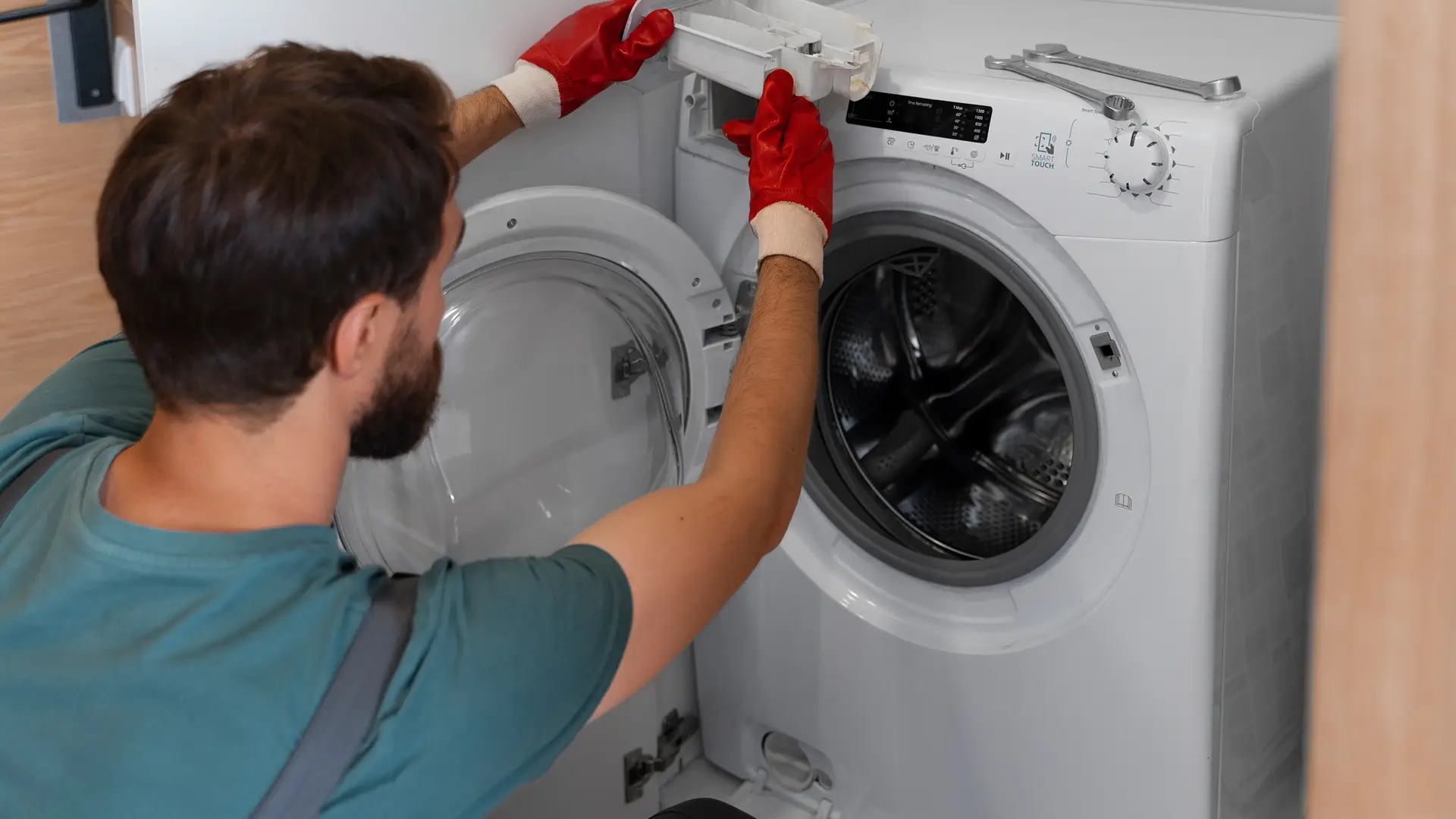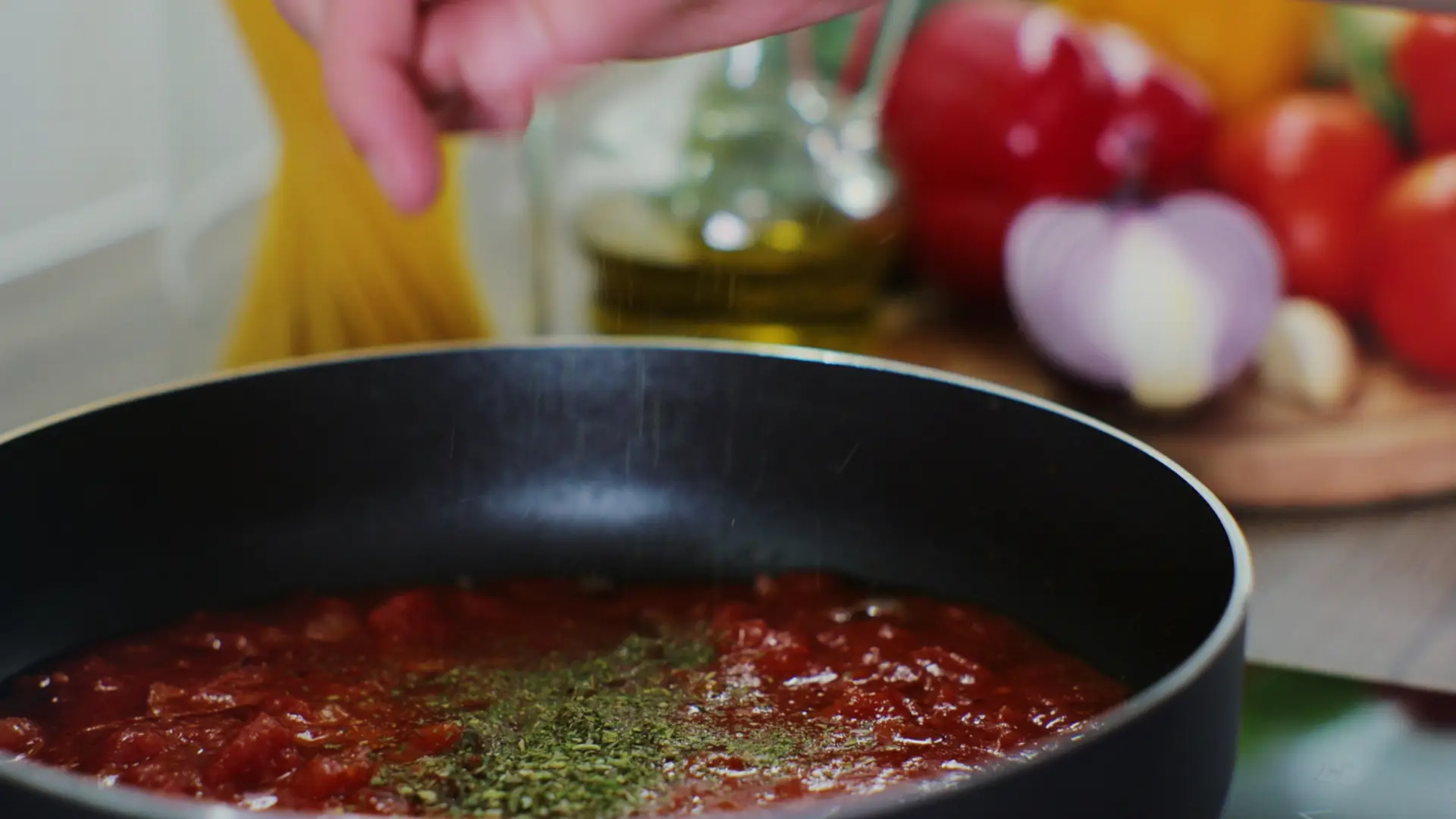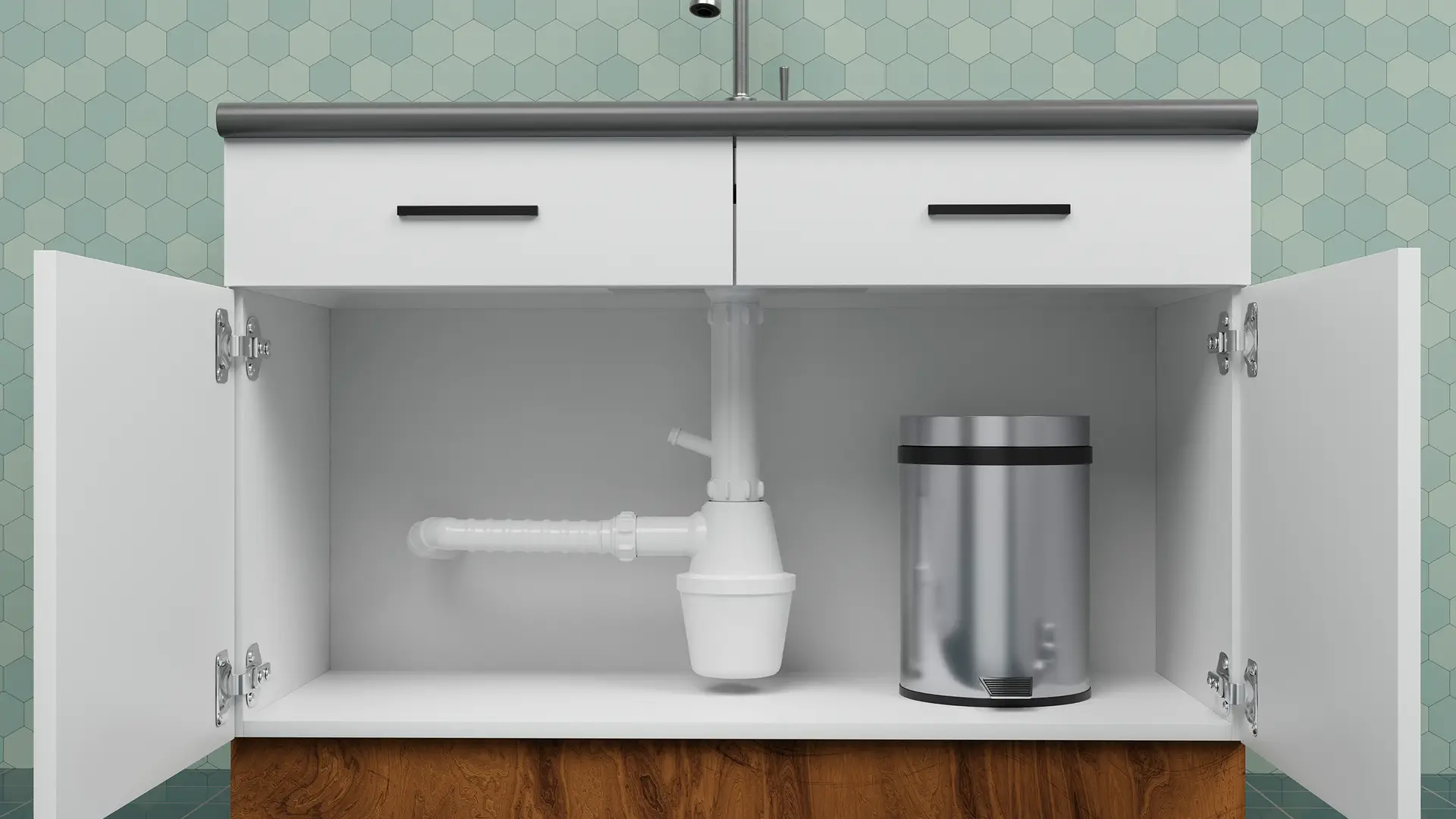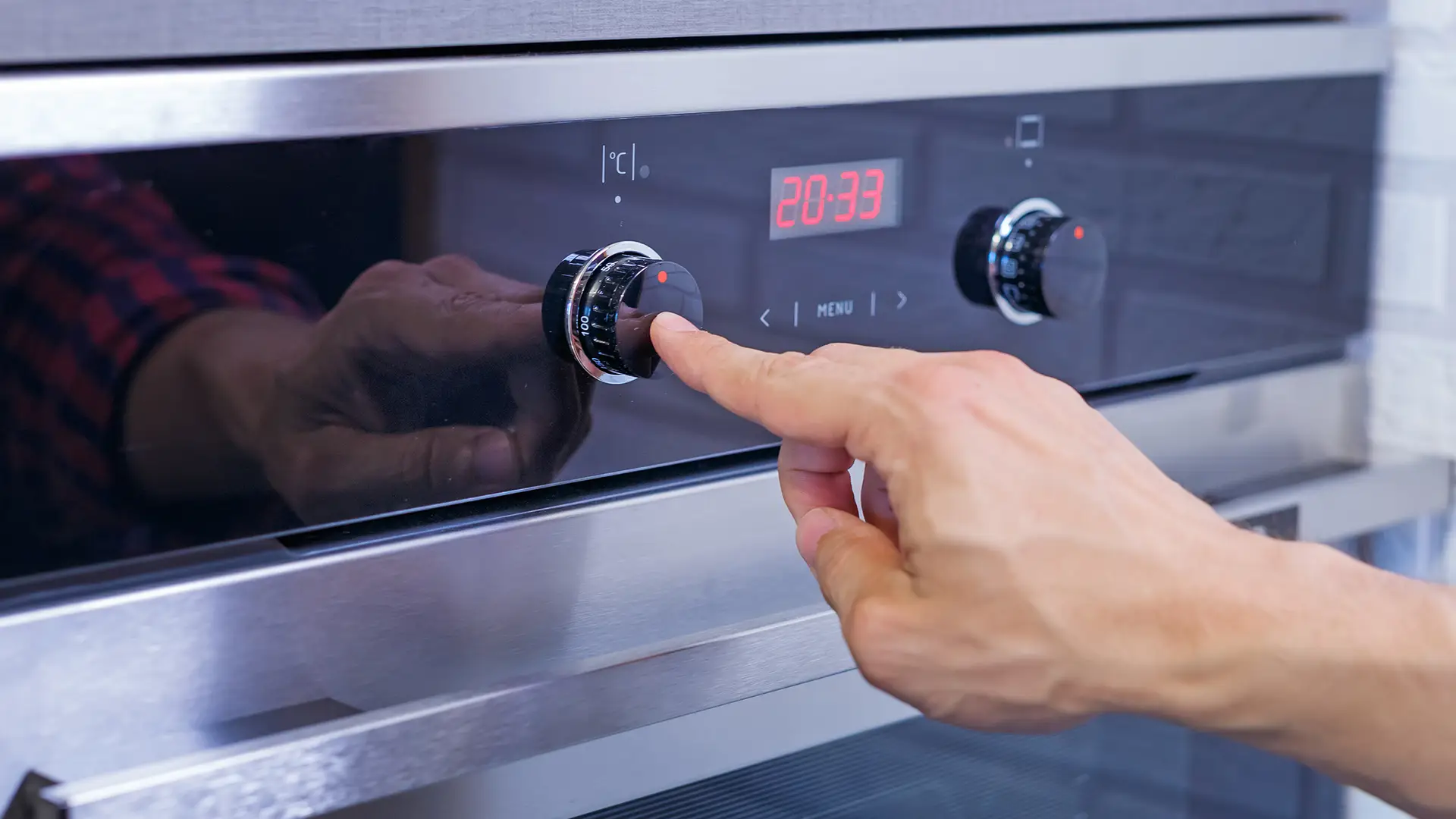
Home / Appliance Guides & Advice
What Causes Limescale Build-Up in Kitchen Appliances?
Limescale build-up is a common issue in areas with hard water
Hard water contains high levels of dissolved minerals like calcium and magnesium.
. Over time, these minerals accumulate inside appliances that heat or use water regularly — such as kettles, washing machines, and dishwashers.
How Limescale Forms
When hard water is heated, minerals separate from the water and solidify into a chalky white residue called limescale. This typically occurs in:
- Kettles and coffee machines where water boils frequently
- Dishwashers and washing machines that heat water during cycles
- Taps, shower heads, and heating elements exposed to hot water
Why It’s a Problem
Limescale can reduce appliance efficiency and increase energy consumption. It forms insulating layers on heating elements, meaning your appliances must work harder to reach the same temperature. Over time, this can cause:
- Longer heating times and higher energy bills
- Reduced water flow or spray pressure
- Shortened appliance lifespan
How to Prevent Limescale Build-Up
Regular maintenance and prevention can significantly reduce limescale issues:
- Use a water softener or descaler in hard-water areas
- Run a monthly cleaning cycle with vinegar or a limescale remover
- Wipe and dry surfaces that come into contact with water
By understanding how limescale forms and how to control it, you can keep your kitchen appliances running efficiently and extend their lifespan.
- All Posts
- Cooker Hood Guides & Advice
- Dishwasher Guides & Advice
- General Appliance Guides & Advice
- Hob Guides & Advice
- Laundry Guides & Advice
- Microwave Guides & Advice
- Oven Guides & Advice
- Wine Cooler Guides & Advice

Induction Hob Tips: How to Cook Delicate Sauces Without Burning
Learn how to cook delicate sauces on induction hobs with low heat settings. Discover tips, best practices, and mistakes to…

How Much Electricity Do Kitchen Appliances Use?
Discover how much power common kitchen appliances use and learn easy ways to cut electricity costs. Read our quick energy…

CATA Buying Advice – Which Hob Should I Buy?
Discover which CATA hob suits your kitchen and lifestyle. Compare gas, ceramic, induction and vented hobs in our expert buying…

How to Clean and Replace Grease Filters in a Cooker Hood
Keep your extractor running efficiently. Learn how to clean and replace cooker hood grease filters with our step-by-step guide. Quick…

The Best Oven Settings for Baking Bread at Home
Discover the best oven settings for baking bread at home. Learn how to get perfect crust, rise, and texture with…

The Different Types of Microwaves Explained: Which One Should You Choose?
Discover the different types of microwaves, from solo to combi models. Learn which one suits your kitchen best. Read our…

Quietest Cooker Hoods for Open-Plan Kitchens | Reduce Noise, Cook in Comfort
Discover the quietest cooker hoods for open-plan kitchens. Learn how to choose low-noise extraction while keeping your space fresh and…

Can You Fit a Dishwasher Under a Sink? Space-Saving Guide
Wondering if a dishwasher can fit under your sink? Discover space-saving options, key measurements, and tips to make it work….

What Oven Temperature Keeps Food Warm Without Drying It Out?
Wondering what oven temp keeps food warm safely? Learn the ideal temperature to hold food without drying it out. Read…